DRIVER PAGE FAULT BEYOND END OF ALLOCATION error [Full Fix]
8 min. read
Updated on
Read our disclosure page to find out how can you help Windows Report sustain the editorial team. Read more
Key notes
- The DRIVER PAGE FAULT BEYOND END OF ALLOCATION error is mostly caused by driver problems.
- You can quickly get rid of this error message by updating your problems using a third-party app.
- Running the hardware troubleshooter, DISM, and SFC scans will also solve the problem.
- Ultimately, you could also update your Windows 10, or perform a System Restore as a last resort.
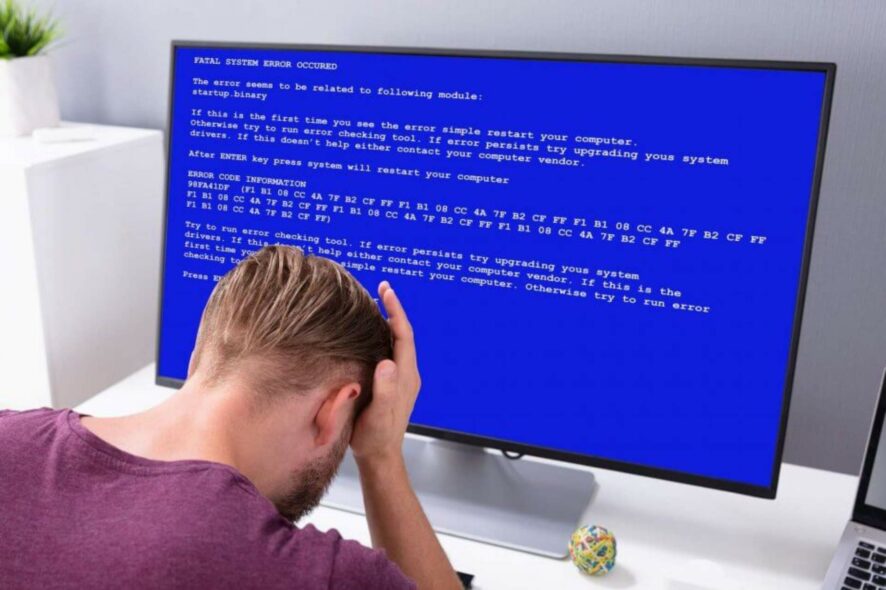
Blue Screen of Death errors is always a big problem on Windows 10 since they tend to crash your computer in order to prevent damage. This will affect your productivity and your hardware.
Since these errors can be such a major inconvenience, today we’re going to show you how to fix the DRIVER_PAGE_FAULT_BEYOND_END_OF_ALLOCATION error.
How do I fix DRIVER PAGE FAULT BEYOND END OF ALLOCATION?
- Update your drivers
- Run the Hardware Troubleshooter
- Run the SFC scan
- Run DISM
- Update Windows 10
- Remove problematic applications
- Update your BIOS
- Perform System Restore or reset Windows 10
- Replace faulty hardware
1. Update your drivers
- Press Windows Key + X on your keyboard to open the Power User Menu and select Device Manager from the list.
- When Device Manager opens, locate the driver you wish to update, right-click it and choose Update Driver Software.
- Select Search automatically for updated driver software and wait for Windows 10 to download and install the best driver for your device.
- Repeat this step for all drivers that you want to update.
Drivers are a key component of every operating system since they allow Windows 10 to recognize and use certain hardware.
Since drivers are such a big part of every operating system, faulty or outdated drivers can often cause this error to appear.
Most Blue Screen of Death errors will tell you which file caused the system to crash, and with little research, you can find exactly which driver you need to update.
If you cannot find the faulty driver, we urge you to update all your drivers. Updating drivers is simple, and you can do it right from the Device Manager.
Update drivers automatically
Even though Device Manager provides simplicity when it comes to updating drivers, it’s worth mentioning that this tool might not always download the latest drivers.
Searching for drivers on your own can be time-consuming. So, we advise you to use a tool that will do this for you automatically.
Using an automatic driver updater will certainly save you from the hassle of searching for drivers manually, and it will always keep your system up to date with the latest drivers.
You should therefore consider a driver software like Outbyte Driver Updater, and optimize your system with the latest version of your device drivers.
2. Run the Hardware Troubleshooter
- Open the Settings app and go to Update & Security section.
- Select Troubleshoot from the menu on the left.
- Select BSOD from the right pane and click Run the troubleshooter.
- Follow the instructions on the screen to complete the troubleshooter.
If updating your drivers didn’t get the job done, let’s try with the troubleshooting tools. The first tool we’re going to try is Windows 10’s built-in troubleshooter.
3. Run the SFC scan
- Right-click on the Start Menu button, and open Command Prompt (Admin).
- Enter the following line and press Enter:
sfc/scannow - Wait until the process is done (it may take a while).
- If the solution is found, it will automatically be applied.
- Now, close the Command Prompt and restart your computer.
The next troubleshooter we’re going to seek help from is the SFC scan. This command-line tool scans your system in search of various problems and automatically resolves them. which is useful against BSOD issues.
4. Run DISM
- Right-click Start and open Command Prompt (Admin).
- Paste the following command and press Enter:
DISM/Online/Cleanup-Image/RestoreHealth - Wait until the scan is finished.
- Restart your computer and try updating again.
And the final troubleshooting tool we’re going to try is DISM. This is perhaps the most powerful troubleshooter, as it deploys the system image all over again.
We’ll walk you through both standard and the procedure that utilizes the installation media below.
With the Windows installation media
- Insert your Windows installation media.
- Right-click the Start menu and, from the menu, choose the Command Prompt (Admin).
- In the command line, type the following commands and press Enter after each:
dism/online/cleanup-image/scanhealthdism/online/cleanup-image/restorehealth - Now, type the following command and press Enter:
DISM/Online/Cleanup-Image/RestoreHealth/source:WIM:X:SourcesInstall.wim:1/LimitAccess - Make sure to change an X value with the letter of the mounted drive with Windows 10 installation.
- After the procedure is finished, restart your computer.
5. Update Windows 10
- Press Windows Key + S and search for Settings.
- Go to Update & Security.
- Then, select Windows Update.
- Next, select Check for updates.
- Let Windows scan for newer versions and install all of them.
Installing the latest updates is crucial for the stability and safety of your system.
Many BSoD errors are caused by hardware or software incompatibilities, and in order to fix these issues, it’s important that you keep your Windows 10 up to date.
New patches are being released frequently through Windows Update, so if you want your PC to be safe and error-free, we strongly advise you to update Windows 10 frequently.
6. Remove problematic applications
DRIVER PAGE FAULT BEYOND END OF ALLOCATION and many other Blue Screen of Death errors can be caused by third-party applications, therefore it’s important that you find and remove those applications.
Many users reported that uninstalling applications such as Logitech Webcam Software or Virtual Audio Cable fixed the BSoD error, therefore if you’re using any of these applications be sure that you remove them.
Few users also reported issues with Catalyst Control Center, and according to them, uninstalling and reinstalling will fix the problem. Learn how to do it with this awesome article.
Bear in mind that your antivirus software can also cause this error to appear, therefore it’s crucial that you temporarily uninstall all third-party antivirus programs.
Bear in mind that uninstalling antivirus software might not fix this issue, therefore it’s important that you remove all files and registry entries left by your antivirus software.
The easiest way to do that is to use a dedicated removal tool for your antivirus software. All major security companies have these tools available for download, so be sure to download and use one.
7. Update your BIOS
Updating BIOS often fixes certain hardware compatibility issues, and according to users, a BIOS update can also fix DRIVER PAGE FAULT BEYOND END OF ALLOCATION error.
Before you start updating BIOS, we strongly advise you to check your motherboard manual for detailed instructions.
Updating BIOS is an advanced procedure, and if you don’t perform it correctly you can cause permanent damage to your PC, so be extra cautious if you’re going to update BIOS.
8. Perform a System Restore or reset Windows 10
- Restart your computer few times in order to start Automatic Repair.
- Select Troubleshoot > Advanced options > System Restore.
- Select your username and enter your password.
- Select Choose a different restore point and click Next.
- Choose a restore point you wish to return to and click Next.
- Wait for the process to complete.
If the Blue Screen of Death error is caused by software, you can easily fix it by performing a System Restore. To perform System Restore, do the following:
If System Restore didn’t fix the blue screen stop code DRIVER PAGE FAULT BEYOND END OF ALLOCATION, we advise you to perform a Windows 10 reset.
This process is similar to clean install, so we strongly advise you to back up your important files before performing Windows 10 rest. To reset Windows 10, you need to do the following:
- Restart your computer few times during the boot sequence to start Automatic Repair.
- Choose Troubleshoot > Reset this PC > Remove everything.
- You might be asked to insert Windows 10 installation media during this step, so be sure to do that.
- Select Only the drive where Windows is installed > Just remove my files.
- Click the Reset button and follow the instructions to complete Windows 10 reset.
If the issue isn’t resolved by Windows 10 reset, it’s most likely that you have a certain hardware issue that is causing this error.
9. Replace faulty hardware
Hardware issues can often cause Blue Screen of Death errors to appear, and since RAM is the most often cause for this error, we advise you to check your RAM first.
Many users reported that removing or replacing a faulty RAM module fixed this issue for them, therefore be sure to test all your RAM modules one by one.
If your RAM is working properly, check all other major hardware components. The motherboard and GPU can also cause BSoD problems. Overheating is also a serious issue.
This error can cause you a lot of problems, but you can easily fix it by removing the problematic applications or by finding and replacing the faulty hardware.
Make sure you tell us how things went in the comment section below. Feedback of any kind would be kindly appreciated.
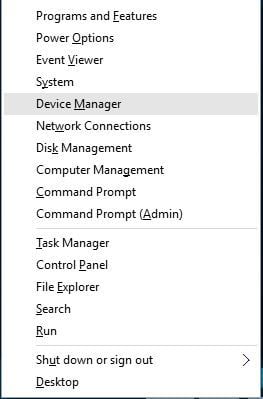
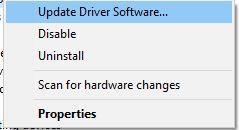
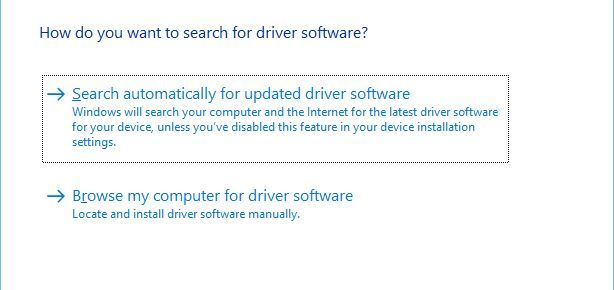
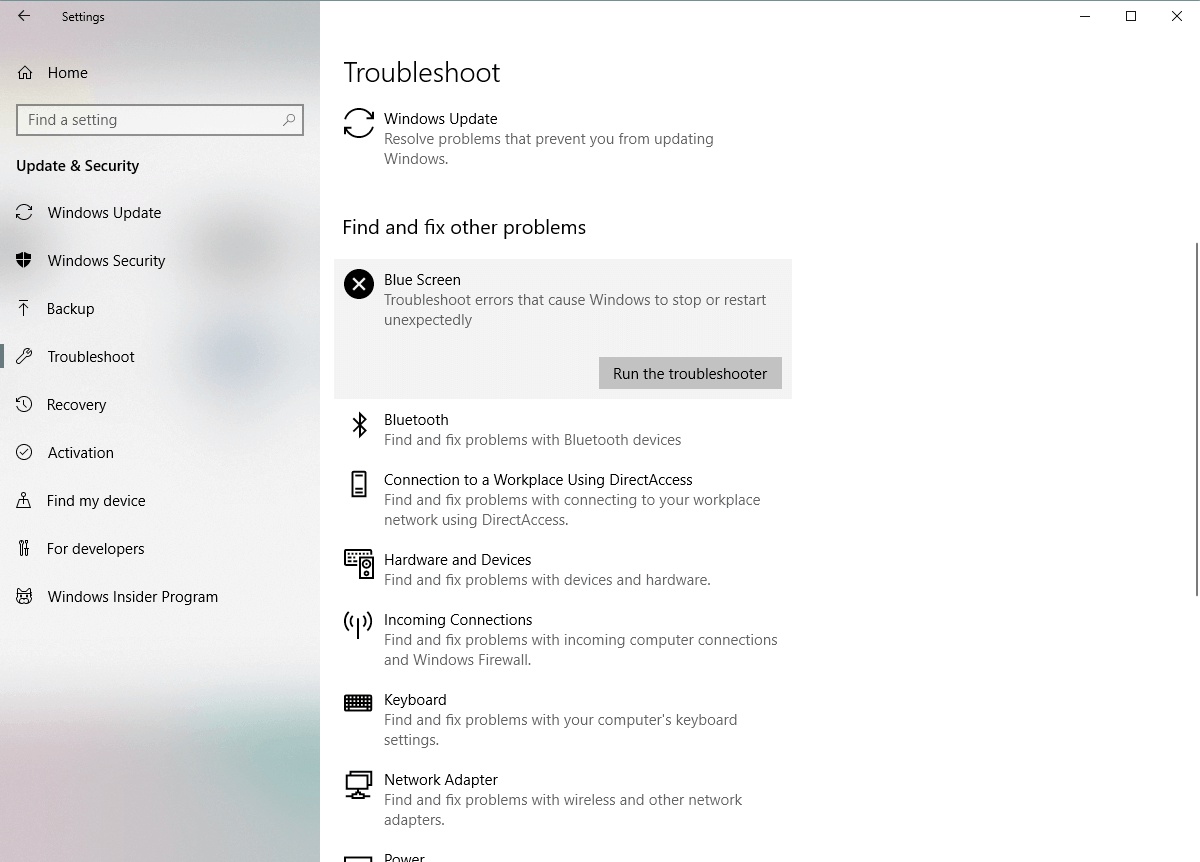

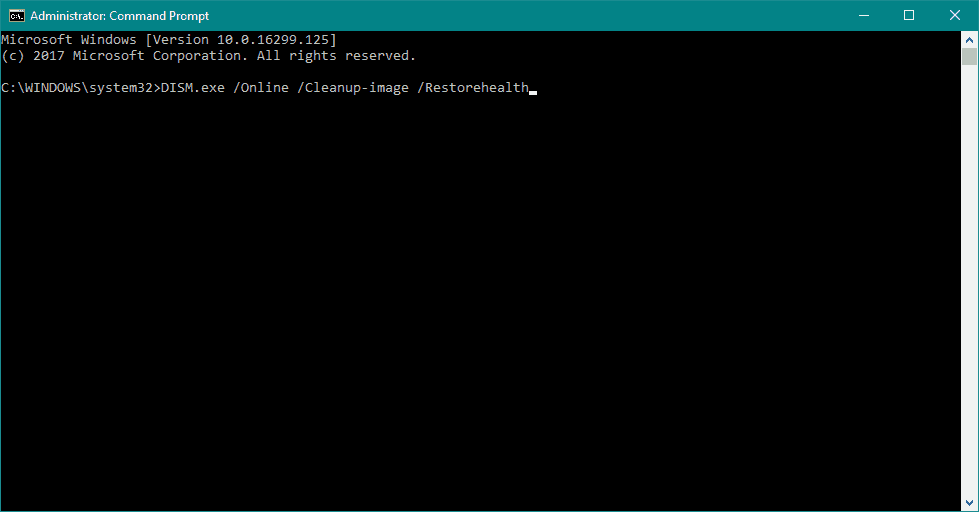
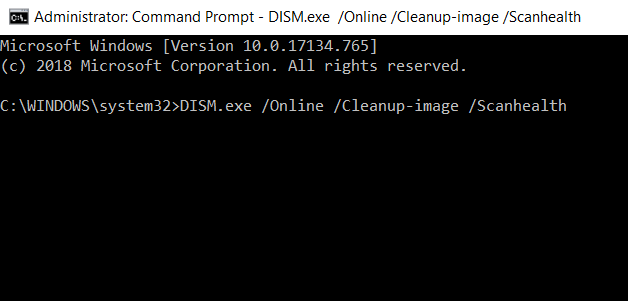

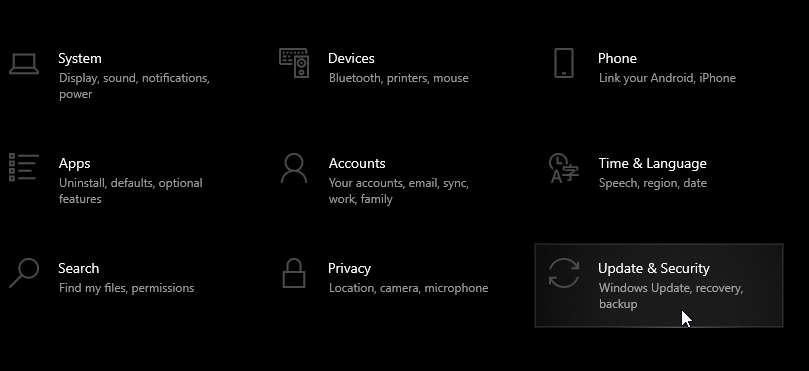
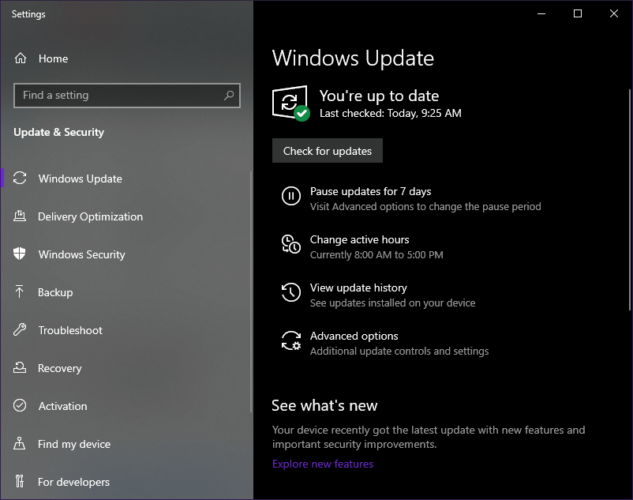
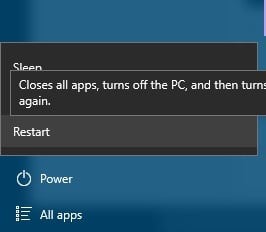
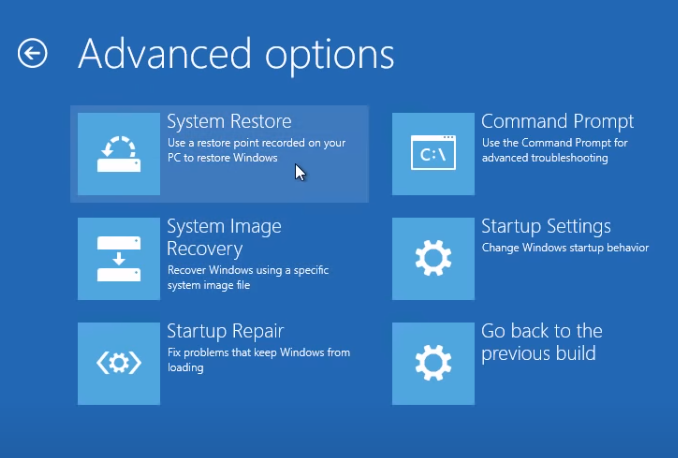
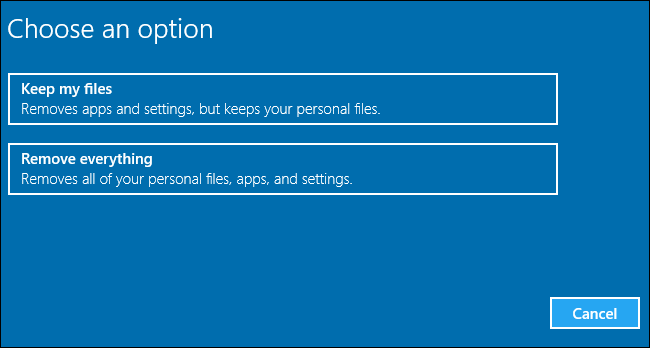

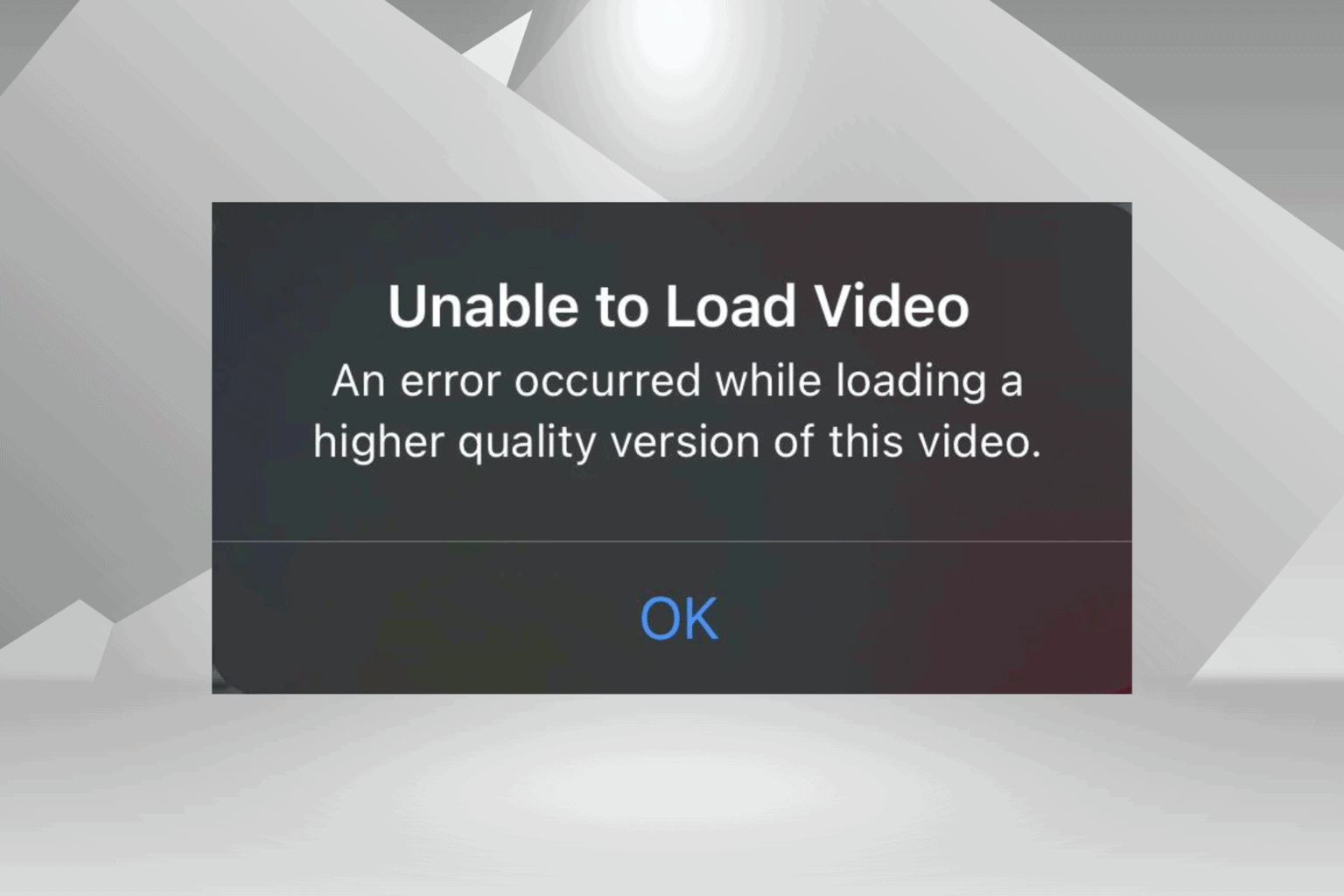
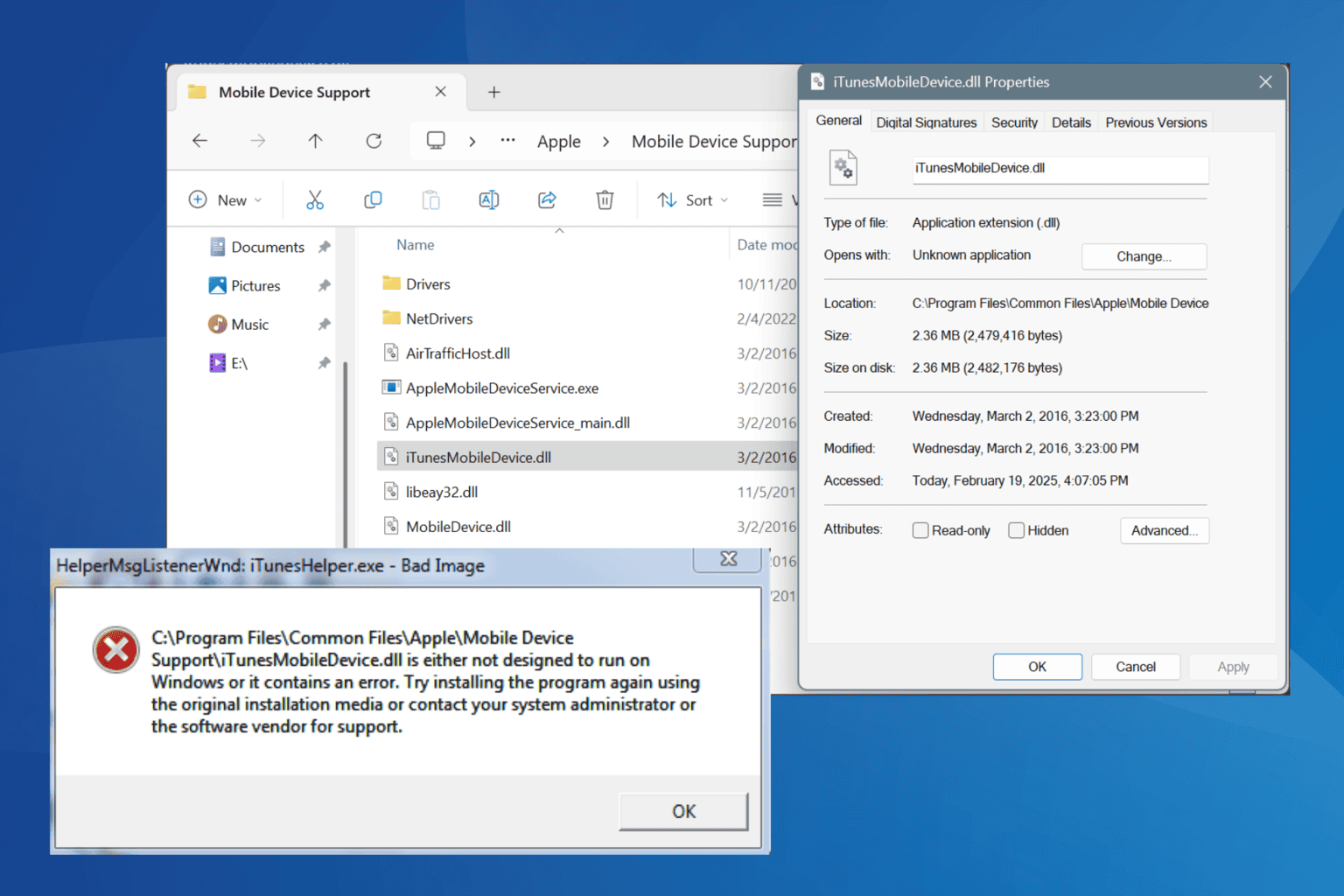
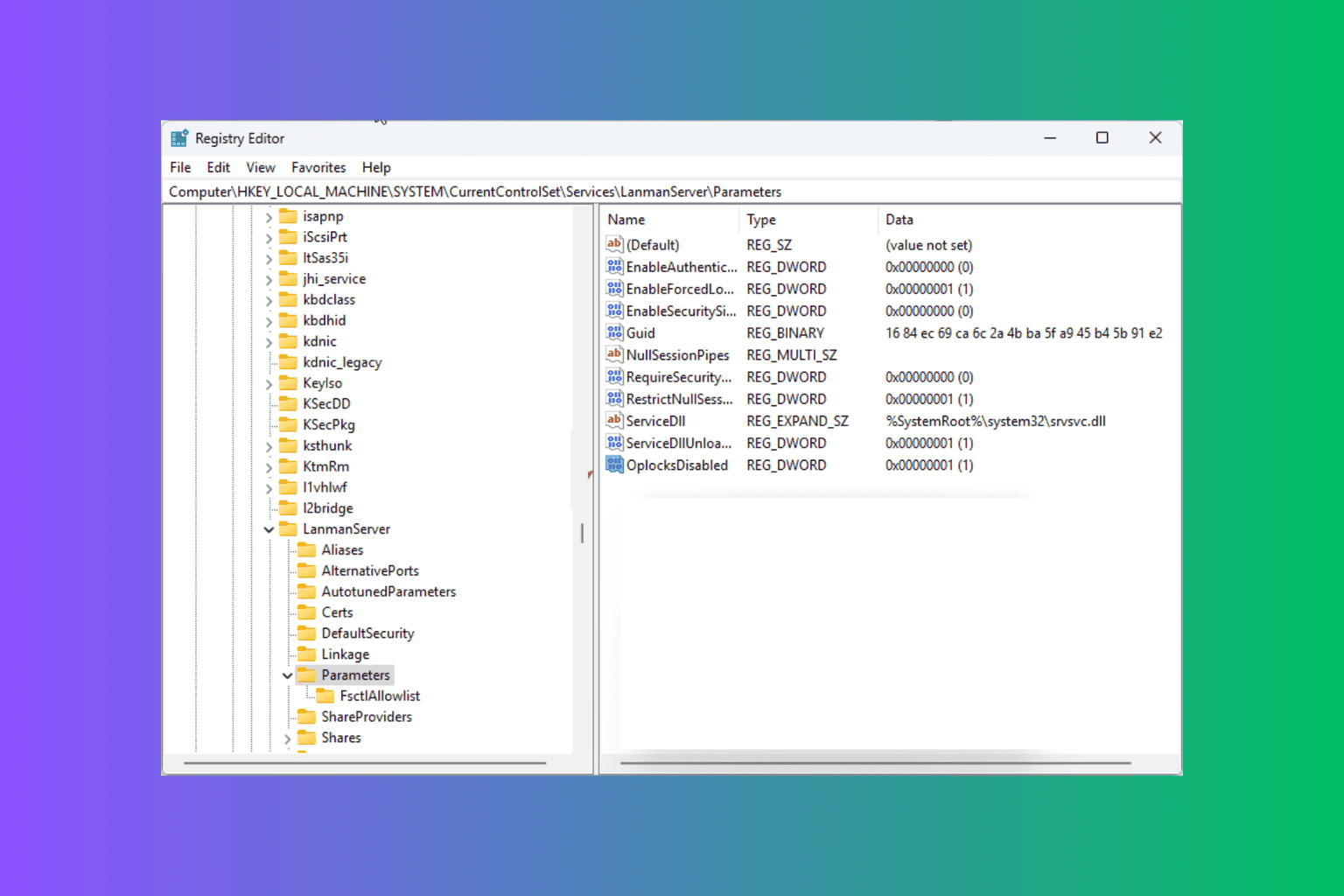
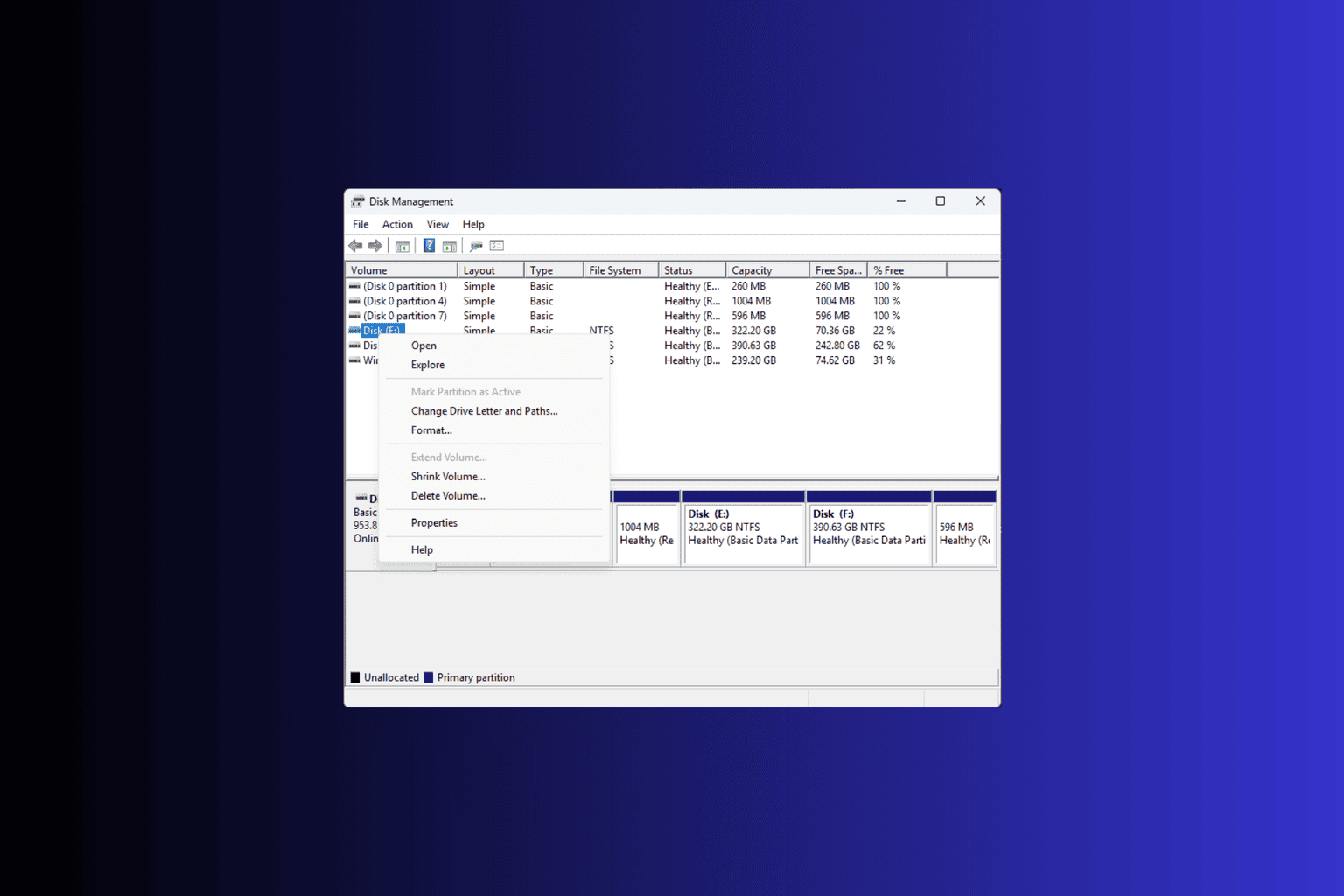
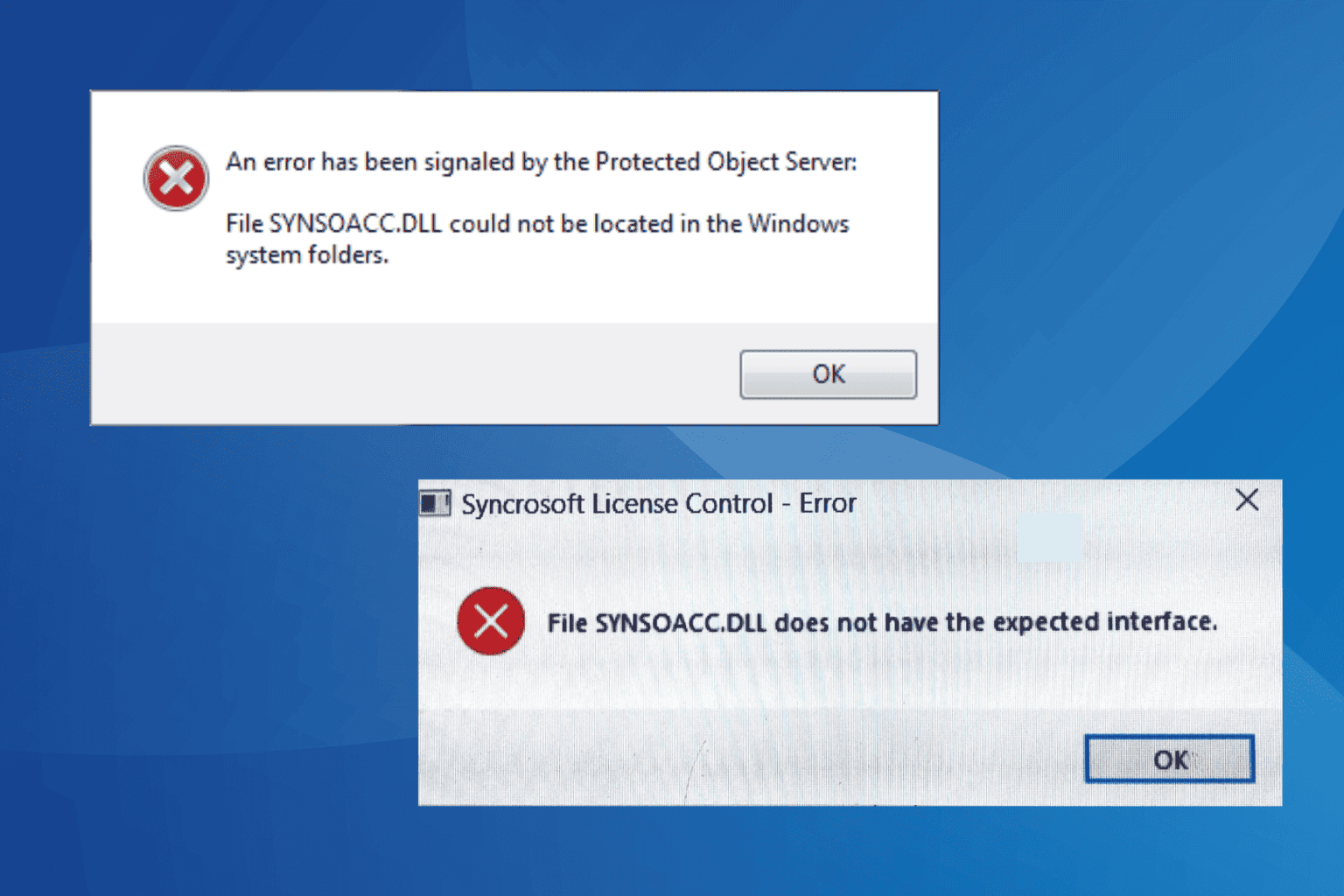
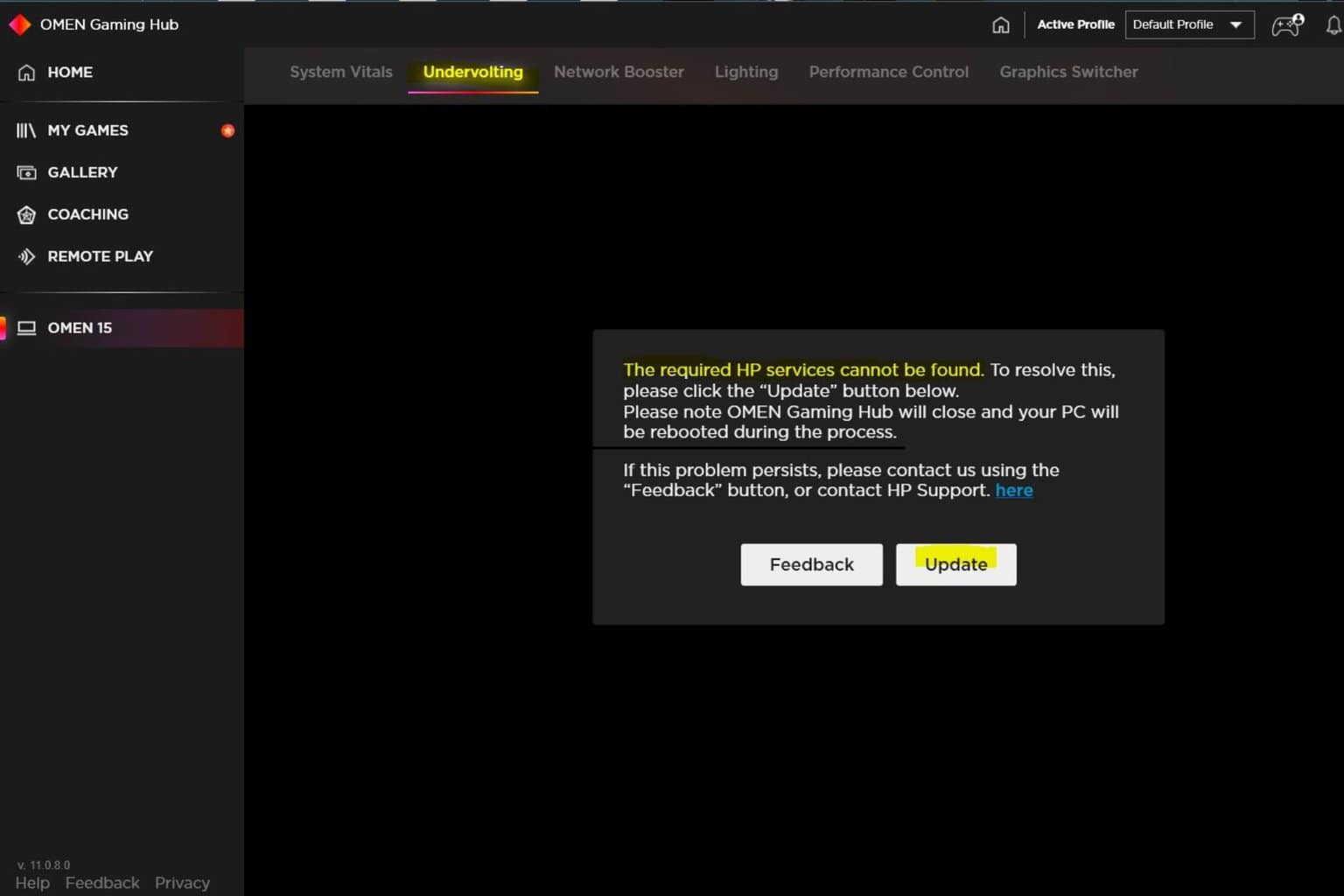
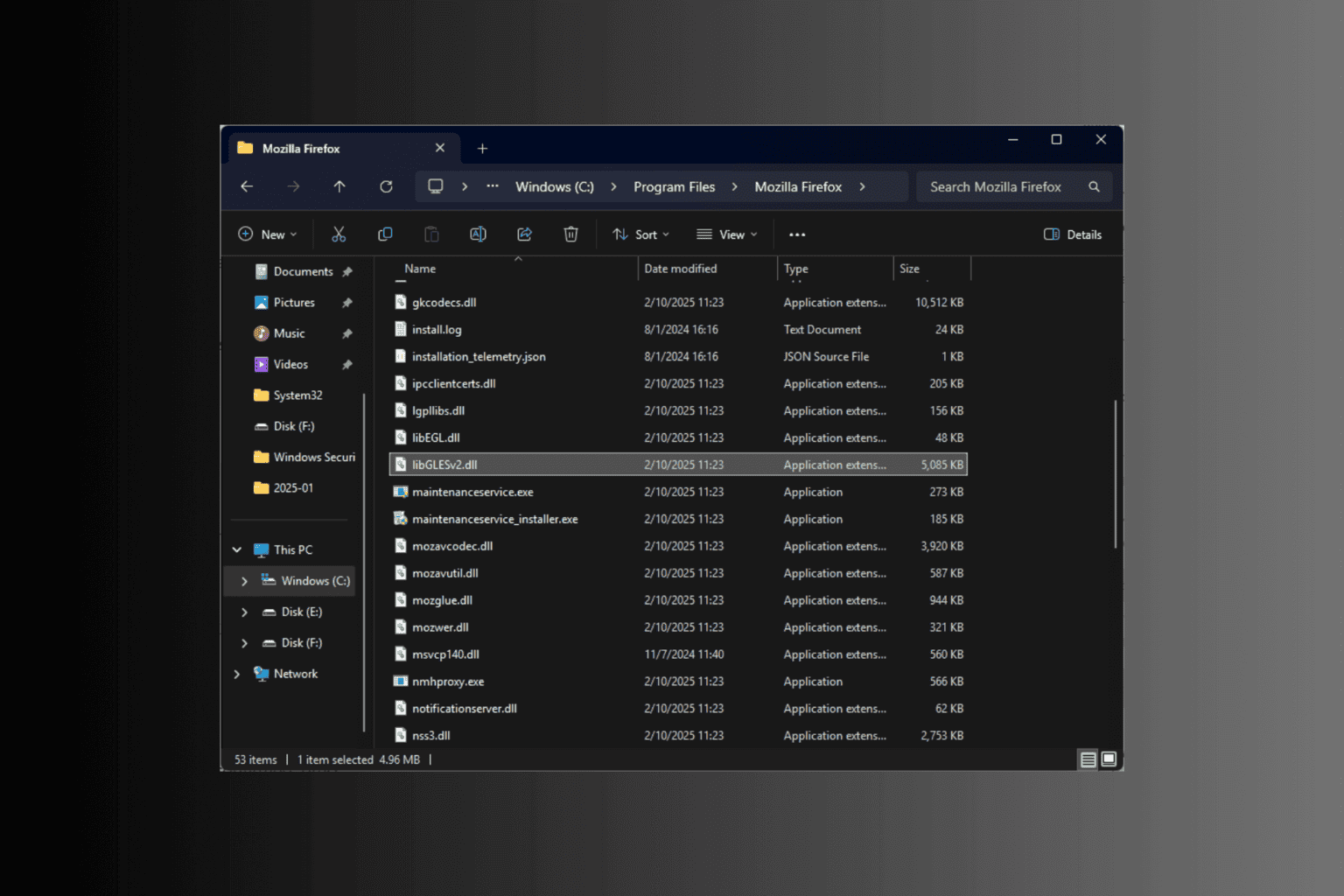
User forum
0 messages